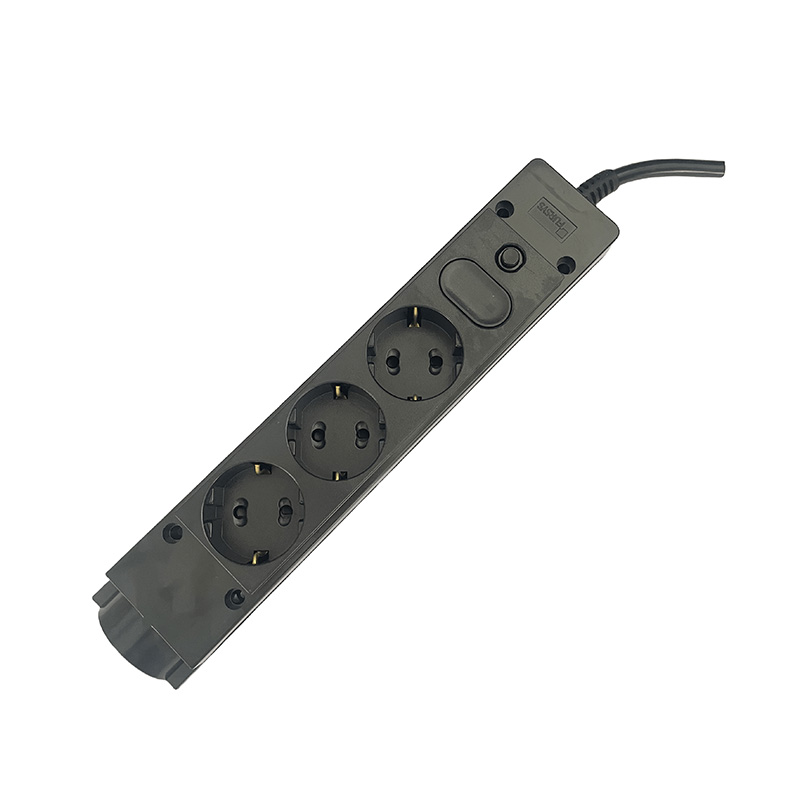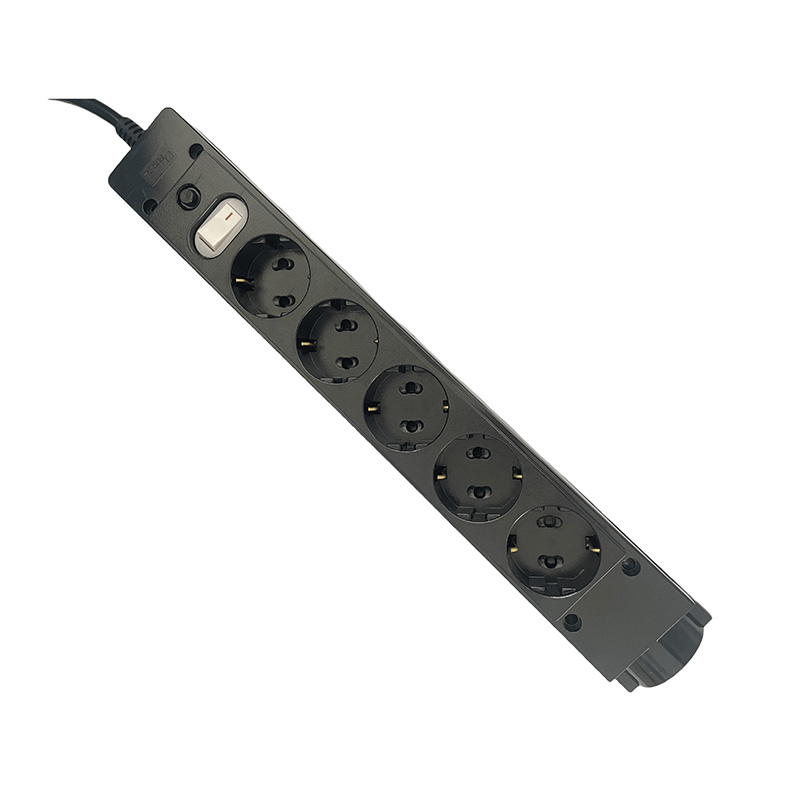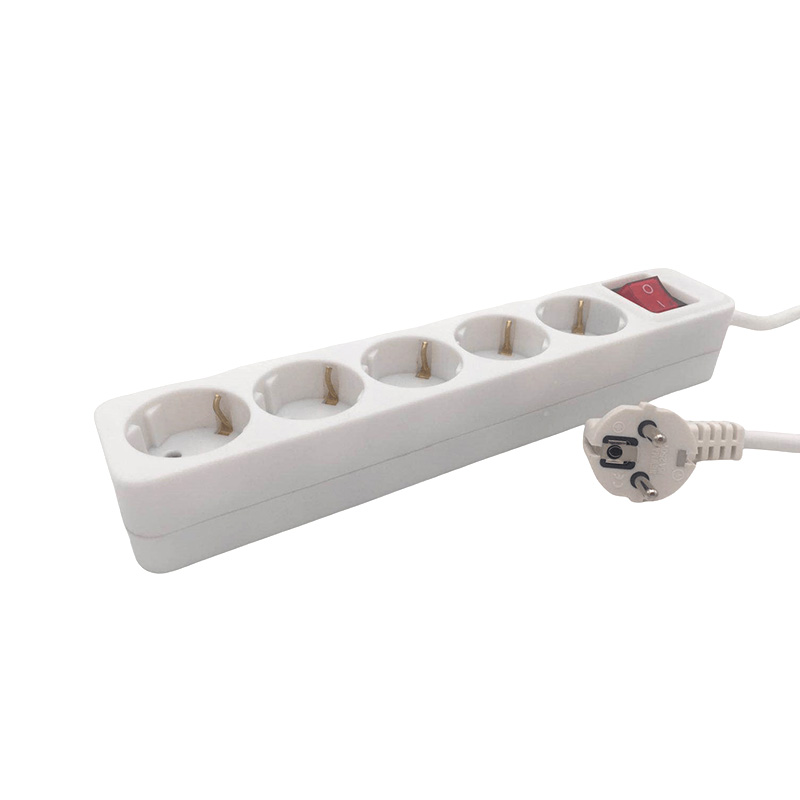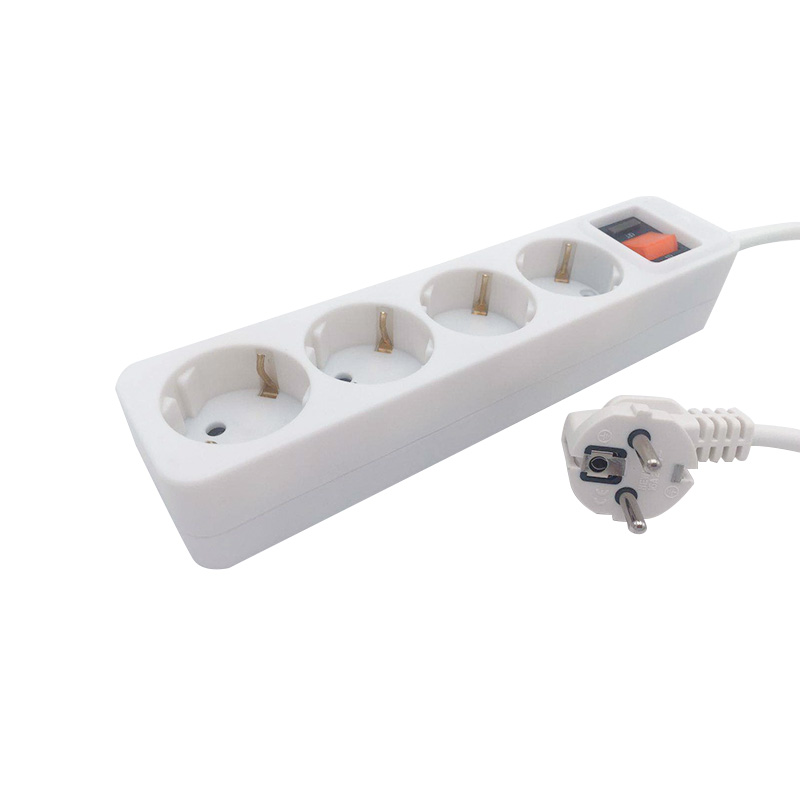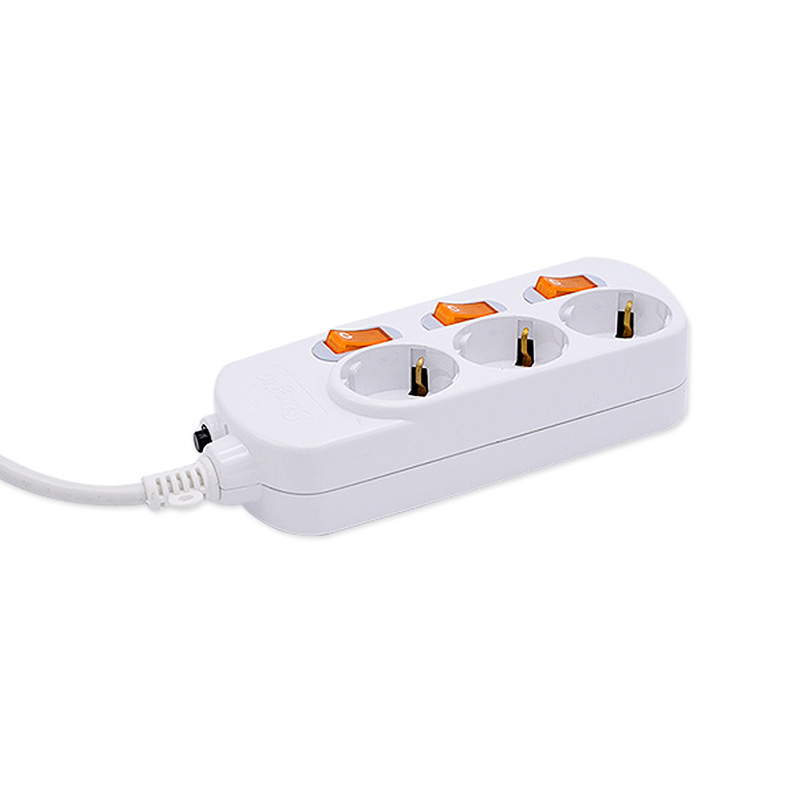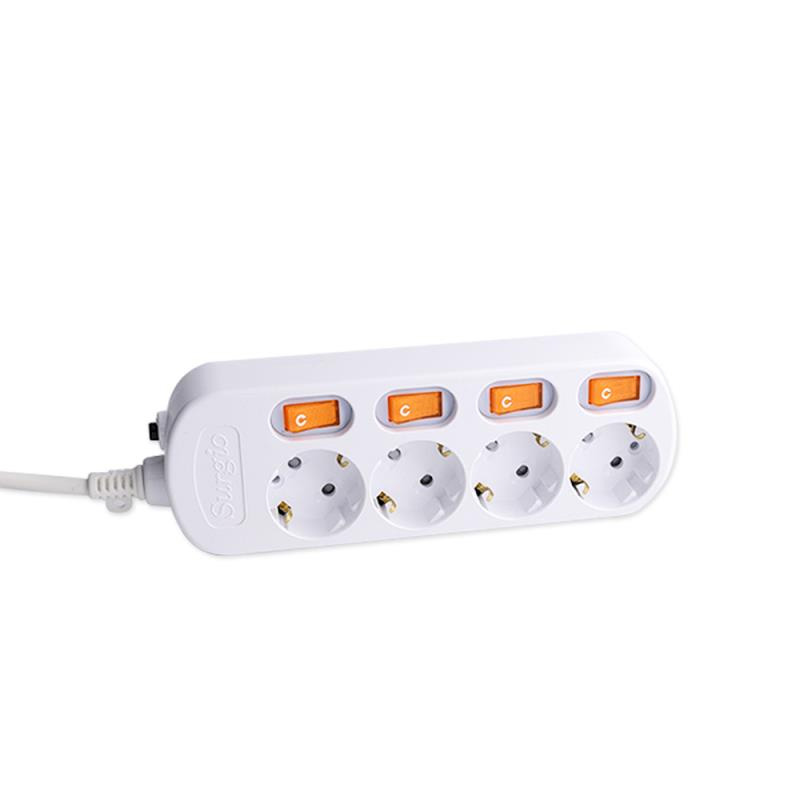Submit feedback
What is the fire resistance performance of polypropene pp power strip?
 2025.08.20
2025.08.20
 Industry News
Industry News
Power strips are essential household and office electrical devices, providing convenient multiple power outlets for appliances and gadgets. Among the materials used for their construction, polypropene (PP) has gained popularity due to its combination of lightweight, durability, and thermal performance. One of the most important considerations for any electrical device is fire safety, and understanding the fire resistance performance of PP power strips is crucial for consumers and manufacturers alike.
1. Understanding Polypropene (PP) Material
Polypropene, commonly abbreviated as PP, is a thermoplastic polymer widely used in various industrial and consumer products. Its advantages include chemical resistance, mechanical strength, and relatively high melting point compared to other plastics. PP is naturally resistant to moisture and many chemicals, making it a suitable choice for power strip casings that must withstand daily wear and environmental exposure.
When it comes to fire resistance, it is important to note that PP is inherently flammable. Pure PP can ignite at high temperatures and will burn if exposed to a direct flame. However, in commercial products like power strips, manufacturers often enhance PP with flame-retardant additives. These additives significantly improve the material’s ability to resist ignition and slow the spread of flames in the event of an electrical fault or external heat source.
2. Fire Resistance Ratings and Standards
PP power strips are subject to international safety standards that evaluate their fire resistance. Common standards include UL 94 (Underwriters Laboratories) for plastics, IEC 60695 for fire hazard testing, and country-specific regulations such as EN 60335-1 in Europe.
UL 94 Rating: For PP casings in power strips, a common target is a V-0 rating, which indicates that the material stops burning within 10 seconds of flame removal and does not produce flaming drips. This level of fire resistance helps prevent small electrical sparks or heat from propagating into a larger fire.
IEC 60695: This standard measures ignition resistance, flame propagation, and heat release. PP materials in power strips are often tested for short-term exposure to sparks or flames to ensure that they will not ignite easily or contribute to fire spread.
By meeting these standards, PP power strips provide a level of safety suitable for household and office use.
3. Role of Flame-Retardant Additives
Most commercial PP power strips are not made from pure polypropylene. Instead, manufacturers incorporate flame-retardant compounds such as halogenated or phosphorus-based additives. These additives chemically interfere with combustion, either by promoting char formation on the surface or by releasing inert gases that reduce oxygen availability around the flame.
The result is a PP casing that resists ignition from minor electrical sparks, overheated plugs, or short circuits. Even if the power strip is exposed to high heat, the flame-retardant PP material slows the spread of fire and reduces the risk of secondary fires in surrounding areas.
4. Design and Structural Considerations
Fire resistance is not only about the material itself but also about the design of the power strip. PP power strips often include features that enhance fire safety, such as:
Thicker walls: Increasing the thickness of the PP casing provides better insulation and delays heat transfer to the outer surface.
Internal separation of circuits: Segregating live, neutral, and ground connections reduces the risk of short circuits and localized overheating.
Ventilation and heat dissipation: Some designs incorporate small vents to dissipate heat generated by high-power appliances.
These design choices, combined with the flame-retardant PP material, create a safer product with improved fire resistance performance.
5. Limitations and Precautions
While PP power strips with flame-retardant additives offer good fire resistance, they are not completely fireproof. Extreme conditions, such as prolonged exposure to high currents, overloaded sockets, or direct contact with open flames, can still cause the material to ignite. Therefore, safe usage practices remain essential:
Avoid overloading the power strip beyond its rated capacity.
Keep the power strip away from flammable materials.
Inspect regularly for damaged wires or overheating.
Use PP power strips that comply with recognized safety standards.
6. Advantages Compared to Other Materials
Compared to general-purpose plastics such as ABS or PVC, flame-retardant PP has certain advantages:
Higher melting temperature: PP typically melts around 160–170°C, slightly higher than many ABS variants.
Better chemical and moisture resistance: Ensures durability in humid or industrial environments.
Lightweight yet strong: Makes the power strip easy to handle while providing structural integrity.
With flame-retardant additives, PP can perform on par with, or even exceed, other materials in fire safety applications, making it a popular choice for reliable power strips worldwide.
The fire resistance performance of polypropene (PP) power strips depends on both the inherent properties of PP and the inclusion of flame-retardant additives. Commercial PP power strips that meet international safety standards, such as UL 94 V-0 and IEC 60695, are designed to resist ignition, prevent flame propagation, and reduce fire hazards in everyday use. Proper design features, including wall thickness, circuit separation, and heat management, further enhance fire safety. While no material is entirely fireproof, PP power strips offer a high level of protection for households and offices, combining durability, cost-effectiveness, and reliable fire resistance. Consumers should always follow usage guidelines and select certified products to maximize safety.
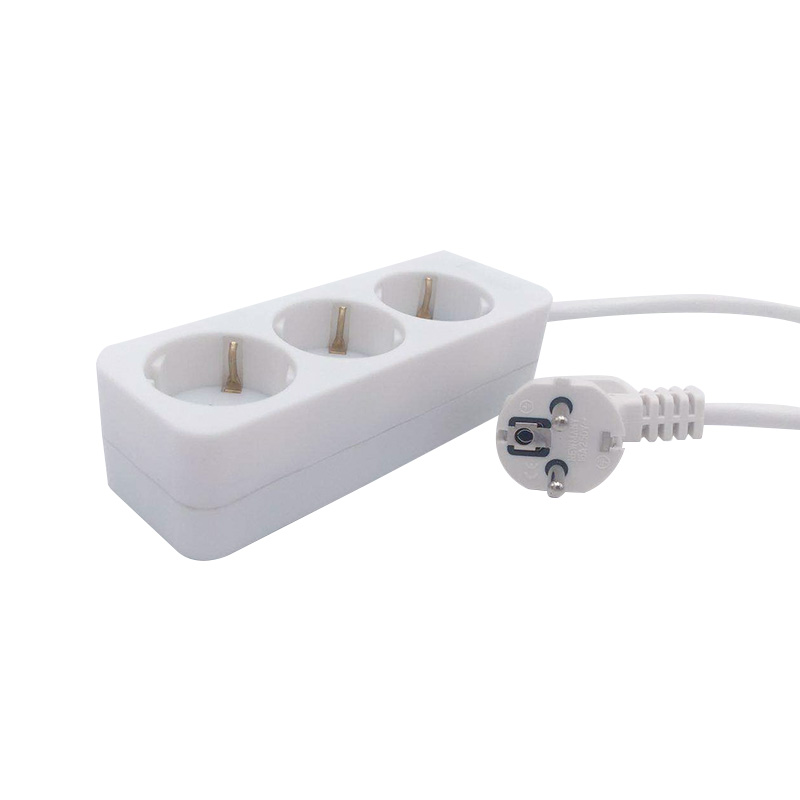
 TOP
TOP
 ENG
ENG
 English
English русский
русский 한국어
한국어 Deutsch
Deutsch


